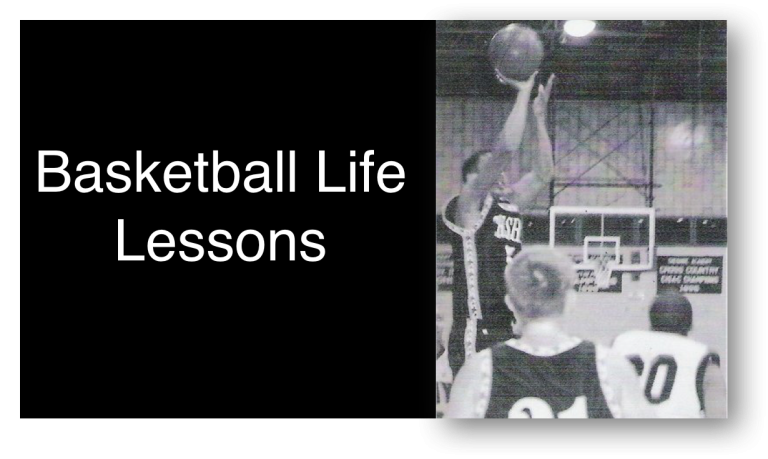17 Startup Lessons Parenthood Can Teach
Recently my wife Lindsay and I were blessed with our greatest adventure yet…becoming parents. In our case we were blessed with a two for one deal and had twins! A beautiful boy and girl. Our journey to parenthood wasn’t easy, we “tried” for over 5 years, followed by a complicated pregnancy which included my wife…





